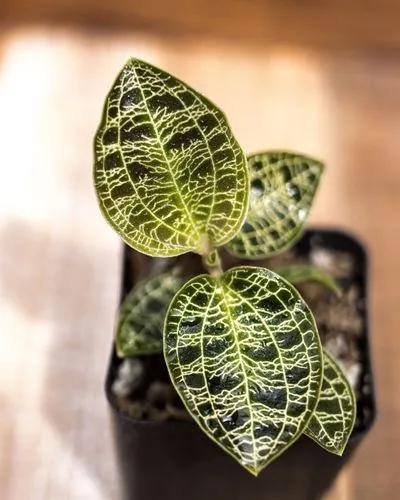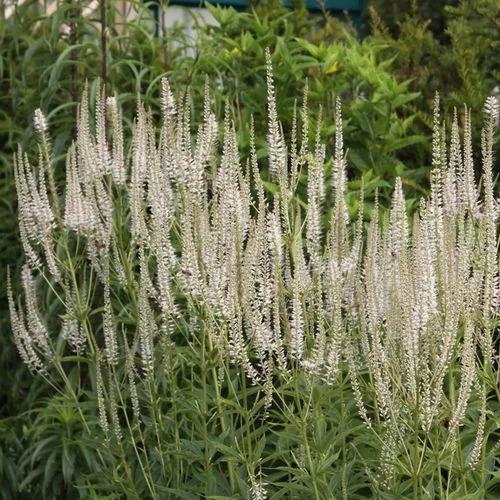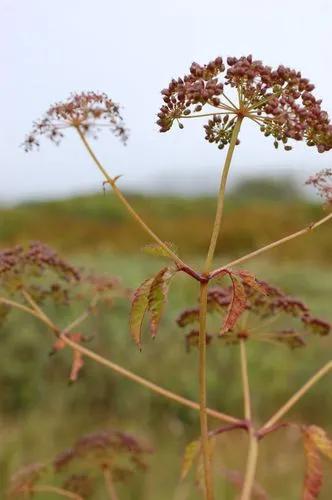Coreopsis auriculata (commonly known as lobed tickseed or mouse-ear tickseed) is a North American plant species of the sunflower family. Their daisy-like flowers range in colors from bright yellow and orange to pink and red.
Lobed tickseed Care
Coreopsis auriculata



Coreopsis auriculata is a perennial growing from 10–30 cm (4-12 in) tall and sometimes to 60 cm (24 in). Pants with rounded yellow flower heads bloom in spring and early summer. Flower heads are produced on the ends of 8 to 25 cm long peduncles, the heads have 9–12 mm long phyllaries that are lance-deltate to lance-ovate. The ray florets laminae are yellow and 15–20+ mm long. An orange to red/orange dye produced from the flowers and stems has been used in the past. Plants are found growing along roadsides and in openings in woods with mixed hardwood trees and pine barrens especially with calcareous soils in the south eastern USA.
How to Care for the Plant

Water

Coreopsis will need regular water when first planted until they are established. After that, they are drought tolerant. Water the plants deeply at least once a week to help new roots grow down deeply. Soil should be damp at about 1 inch below the soil surface (stick your finger in the soil to check.) Early morning watering is best, so the leaves have a chance to dry during the day.

Fertilizer

Fertilization of growing coreopsis is not necessary—in fact, too much fertilizer may inhibit flower production. If soils are already good, all you should need to do is add a little compost in the spring.

Sunlight

Coreopsis will bloom best in full sun, but it can also be successfully grown in partial shade. The plants may get a bit lankier in partial shade, but they will adapt. In areas with intense dry, heat, coreopsis may even prefer some afternoon shade.

Soil

Most coreopsis varieties are very easy to grow and are not particular about soil quality or soil pH. They like well-draining soils.

Temperature

Coreopsis plants prefer a warm climate and because they are native to prairies and dry plains, a dry environment. From 50°F to 55°F night and a 70°F to 75°F day temperature are ideal for coreopsis.

Popularity

362 people already have this plant 57 people have added this plant to their wishlists
Discover more plants with the list below
Popular articles






